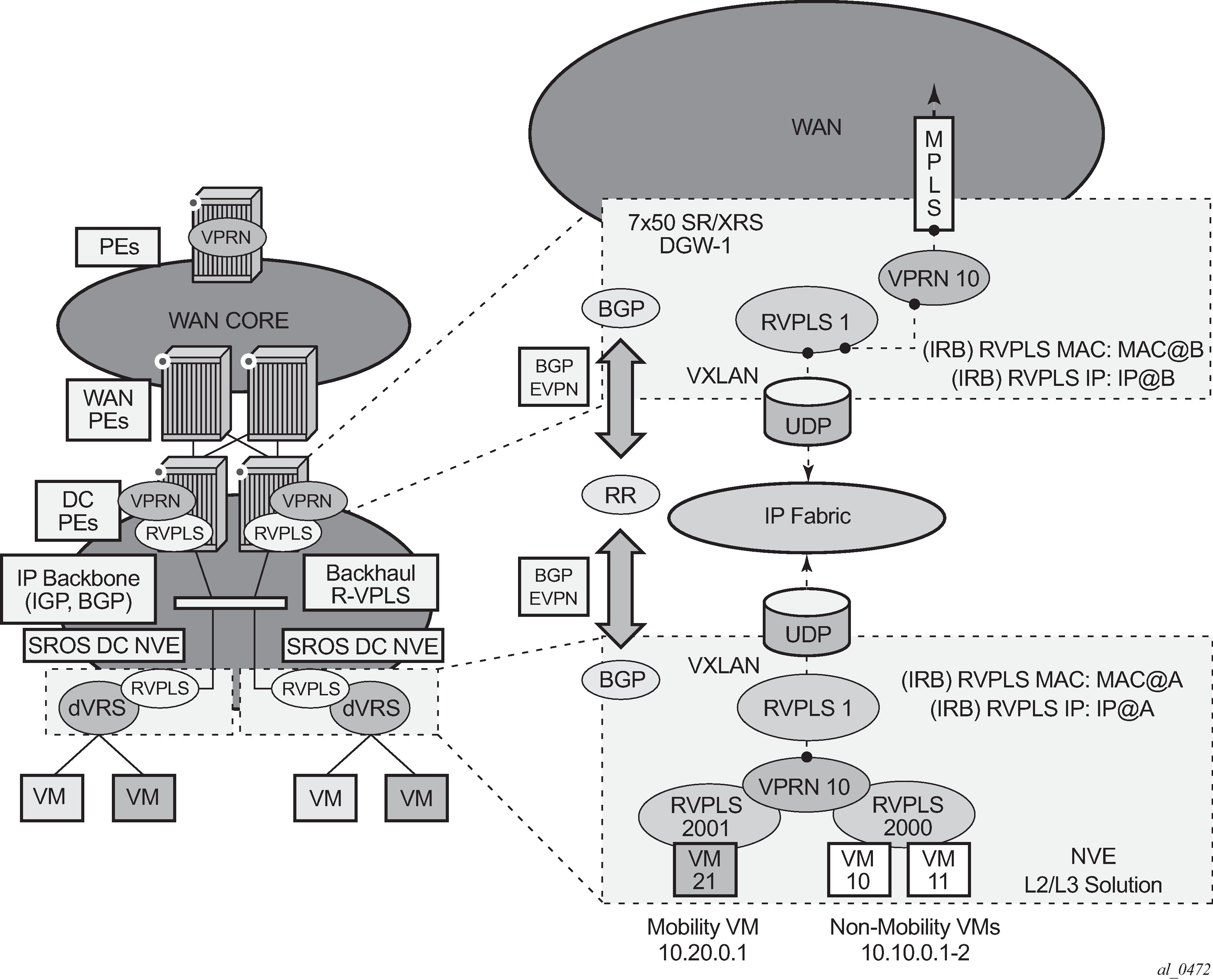Figure 1 shows the use of EVPN for VXLAN tunnels on the 7750 SR, 7450 ESS, or 7950 XRS when the DC provides distributed Layer 3 connectivity to the DC tenants.

Each tenant has several subnets for which each DC Network Virtualization Edge (NVE) provides intra-subnet forwarding. An NVE may be a Nuage VSG, VSC/VRS, or any other NVE in the market supporting the same constructs, and each subnet normally corresponds to an R-VPLS. For example, in Figure 1, subnet 10.20.0.0 corresponds to R-VPLS 2001 and subnet 10.10.0.0 corresponds to R-VPLS 2000.
In this example, the NVE provides inter-subnet forwarding too, by connecting all the local subnets to a VPRN instance. When the tenant requires Layer 3 connectivity to the IP-VPN in the WAN, a VPRN is defined in the DGWs, which connects the tenant to the WAN. That VPRN instance is connected to the VPRNs in the NVEs by means of an IRB (Integrated Routing and Bridging) backhaul R-VPLS. This IRB backhaul R-VPLS provides a scalable solution because it allows Layer 3 connectivity to the WAN without the need for defining all of the subnets in the DGW.
The 7750 SR, 7450 ESS, and 7950 XRS DGW support the IRB backhaul R-VPLS model, where the R-VPLS runs EVPN-VXLAN and the VPRN instances exchange IP prefixes (IPv4 and IPv6) through the use of EVPN. Interoperability between the EVPN and IP-VPN for IP prefixes is also fully supported.